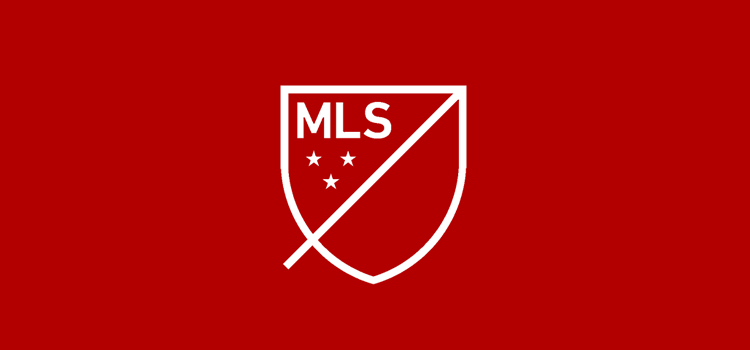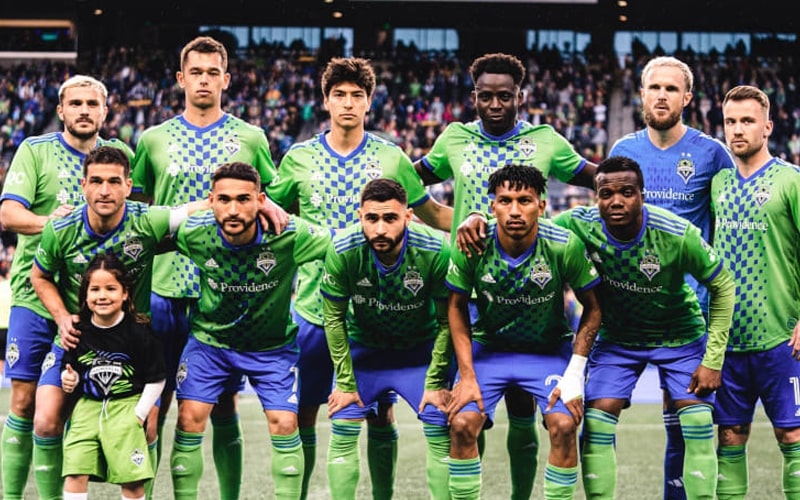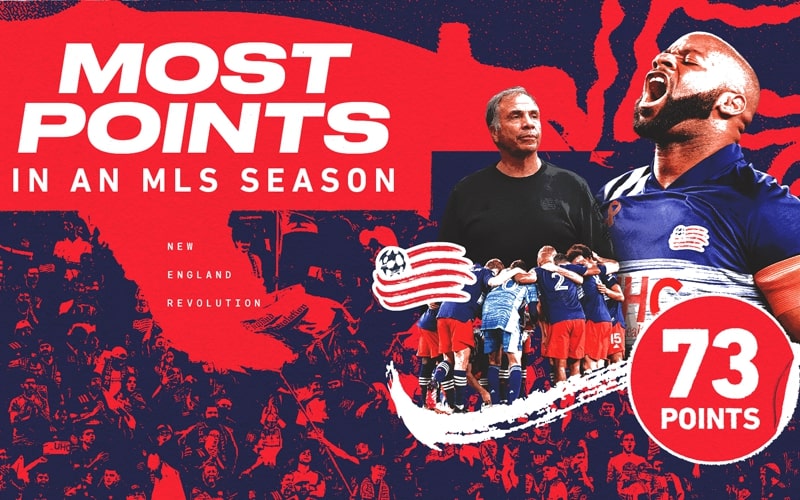Major League Soccer, established in the USA in 1996, is vastly different from the much older leagues of European soccer. As a relatively young league in a nation where the popularity of soccer has waxed and waned over the decades, and where the waning of popularity can mean the failure of the entire soccer league system, Major League Soccer has built up around itself a rather bizarre one. The system of MLS attempts to keep the league moving in a profitable direction, and also attempts to keep a level of parity amongst all teams in the league. Nothing like this system exists in Europe. Just about everything about MLS is unique: from the history of soccer in America to the downright byzantine roster rules and regulations, everything is organized to help ensure the survival of the league in a sports culture that favours the American version of football over the correct one. This is the first article in a planned series that will highlight and explain the differences between Major League Soccer and the typical European league. This week, the focus will be on the history behind MLS, and will hopefully shed some light on why the bizarre system exists.
To begin, I should address the reputation that MLS has been saddled with since its formation; Major League Soccer has, among certain circles in Europe, acquired the reputation of being a vastly inferior league that attracts the oldest stars from Europe so that they can piddle around in an easy league, still making millions, until they finally feel like retiring. Stars like David Beckham, Andrea Pirlo, David Villa, Frank Lampard, Steven Gerrard, (Ricardo) Kaká all have come across the pond to ply their trade at advanced ages. But MLS is not the football retirement home it’s made out to be. A pair of recent examples: former England internationals Steven Gerrard and Frank Lampard. Both midfielders joined MLS in 2015; Gerrard with the LA Galaxy, and Lampard with New York City FC. But, both would realize just how difficult and demanding MLS would be, and they would both retire after the end of the 2016 season. When interviewed by Jeff Carlisle of ESPN FC in August of 2015, Lampard had this to say on the “retirement home” reputation of MLS:
“If you were to come here and think the MLS is slower and not as good as the Premier League, you’ll become unstuck pretty quick because the teams here have got great quality and they’re improving all the time. For me, I’ve approached it exactly as if I was playing in the Premier League. I will always try to approach it very professionally because if you drop your standard here then you’ll get shown up.”
So, to any ageing star considering joining the retirement home that is the MLS: don’t, unless you’re willing to put in the same amount of work that you were performing in Europe. So, I guess it’s not really much of a retirement, is it? With that misconception put to bed, let’s take a look at the history of football in the USA.
The United States have historically struggled when it comes to football. Instead, Americans seem to prefer a rather girly form of rugby and have taken to calling that particular sport football. The earliest games of football (real football) were brought to the States in the 19th century through the port of New Orleans, where immigrants from the British Isles, Germany, and the Netherlands played the first soccer matches in the New World. During the early half of the 20th century, soccer enjoyed immense popularity and was second only to Major League Baseball, but its popularity died with the Great Depression in the 1930s. But, in the latter half of the 20th century, college soccer began to increase in prominence, and the North American Soccer League (NASL) was formed in 1968. One NASL team, the New York Cosmos, made international headlines when they signed Brazilian superstar Pelė to play in New York between 1975 and 1977. In 1978, the New York Cosmos would set the professional soccer season-average attendance record at 47,856. In 1979, they would come close to breaking their own record but would fall a little short at 46,690. These records would not be broken until the 2017 season.
The NASL started to decline in the 1980s, and ultimately folded in 1985. Even without a professional league, the USA hosted the 1994 World Cup, setting the record for average World Cup attendance at 68,991, a record which still stands as of the writing of this article. The 1994 World Cup also drew record-setting television audiences in North America at the time. As part of their bid to host the 1994 WC, the USA promised to create a new professional soccer league, and so Major League Soccer was born. Starting play in 1996, Major League Soccer began with ten teams: DC United, New England Revolution, Colorado Rapids, LA Galaxy, Columbus Crew, San Jose Clash, Dallas Burn, Tampa Bay Mutiny, New York/New Jersey Metro Stars, and Kansas City Wizards. If some of these names sound unfamiliar to you, that’s because some of these teams have been renamed, and one of them has folded. By 2017, Major League Soccer would have added 12 new teams, in addition to replacing ones that folded. In 2018, Los Angeles FC will begin play, with three new teams expected to be added by 2020. Below is a table showing the league’s progress, from 1996 to now.
A little bit of a history lesson:
Here's a timeline of the teams in MLShttps://t.co/XaDp46ofS4— Craig Shuman (@CraigShumanMLS) December 30, 2017
Major League Soccer is a league that is only 21 years old as of the time of publication, but it already has enjoyed periods of great success internationally, and its popularity domestically continues to rise. The aforementioned average season attendance records set by the New York Cosmos would be challenged, but not beaten, between 2012 and 2016. In 2017, however, as mentioned above, that record would be broken by brand-new club Atlanta United, with an average attendance of 48,200. In a region of the country where college (American) football reigns supreme, Atlanta United broke attendance records. And broke them again. And again. For example, the weekend of September 15-17 saw the match between Atlanta United and Orlando City SC draw 70,425 people, an MLS record. Just over a month later, that record would be broken, with 71,874 fans showing up to the last match of the season against eventual MLS Cup-winners Toronto FC. All of this came from a team in its very first season, that did not have its own stadium until well into the second half of the season. One should expect the attendance figures to grow in Atlanta, and indeed elsewhere in the league. Major League Soccer is the fourth most attended sport (on a season-wide average) in North America; it is behind the NFL, MLB, and CFL (Canadian Football League), and its attendance numbers and TV ratings continue to grow year over year. Worldwide, MLS is virtually tied with Serie A and is just above Ligue 1, also in terms of season-wide average attendance.
With the quality of play increasing, the level of popularity growing, and the interest of teams in the league seemingly turning away from ageing European superstars to young talent from the Americas, MLS is growing and will continue to grow. But, it will very likely still retain its quirkiness. Next week, we will dive into the first big difference between Major League Soccer, and European leagues like, say, the Premier League: organization.
By: Craig Shuman @CraigShumanMLS




